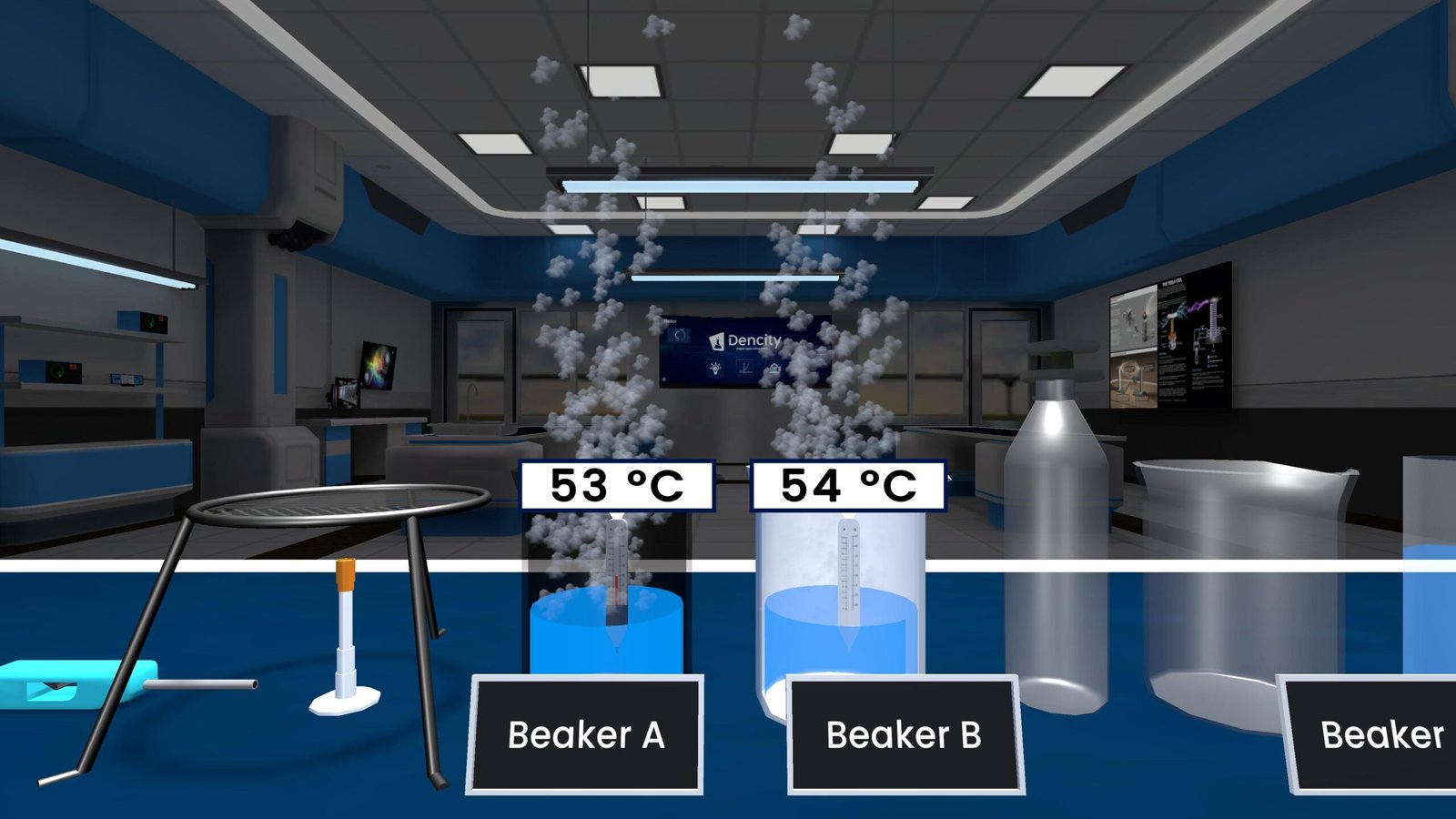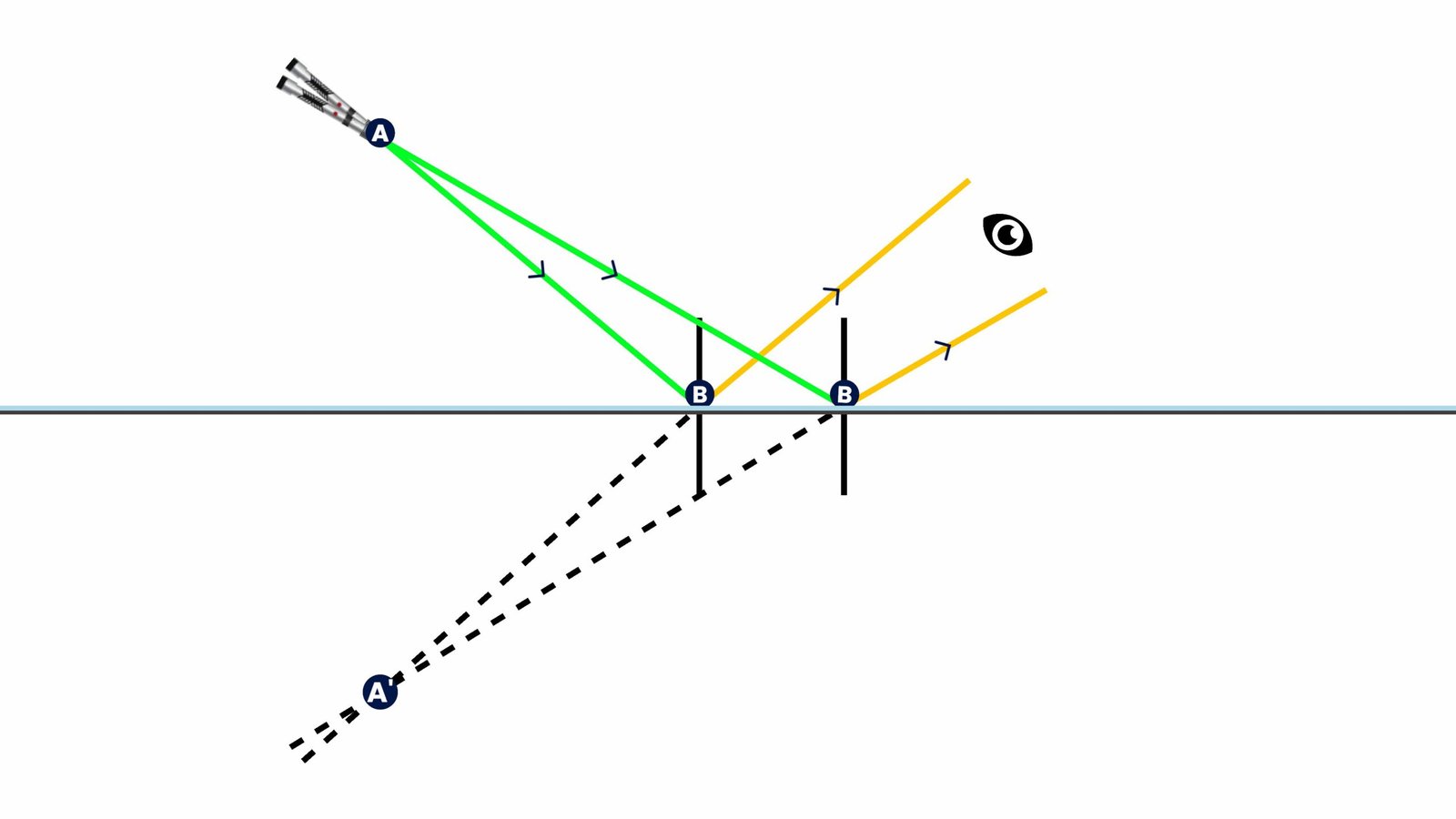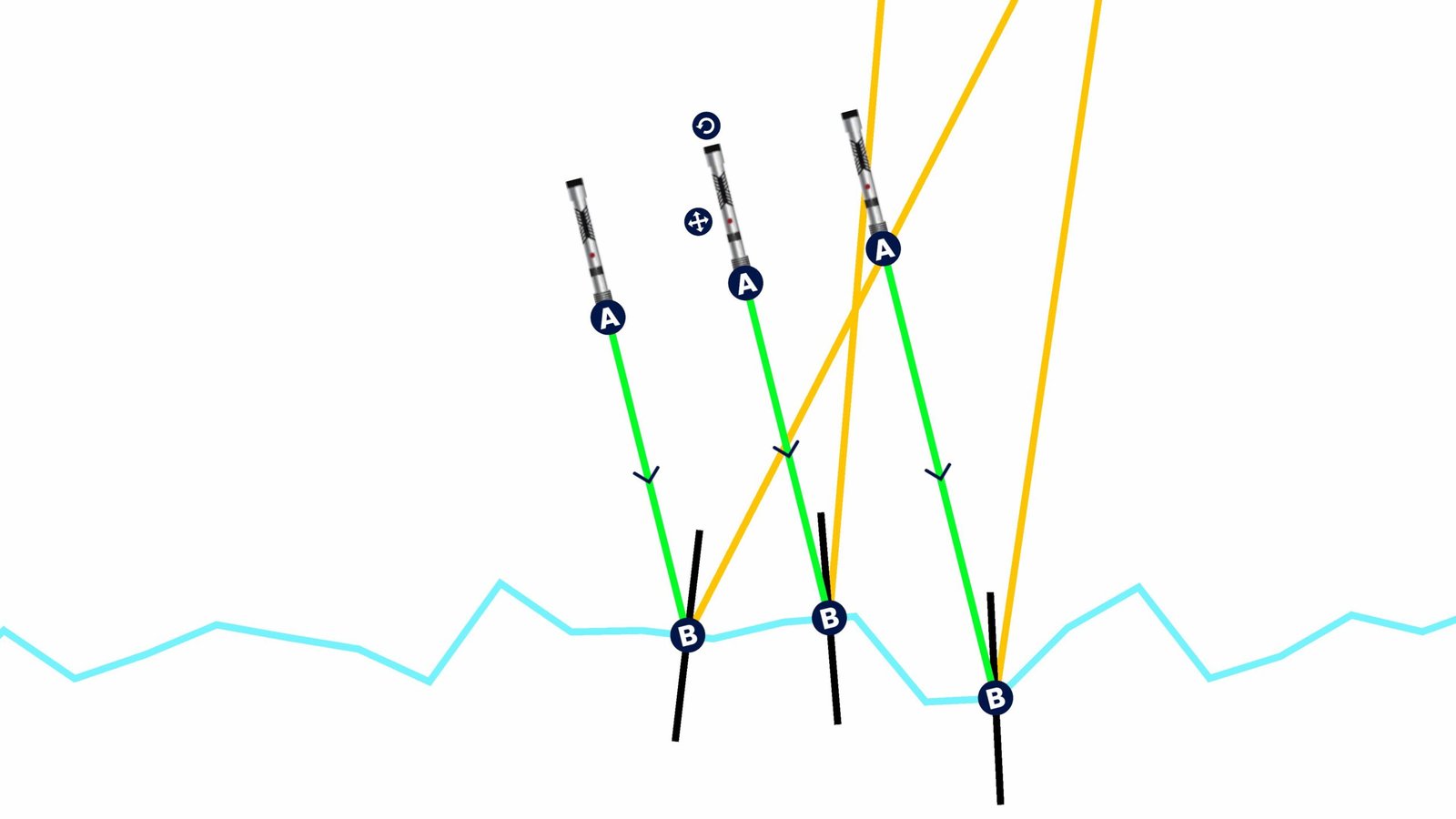Thomson’s Model of the Atom: The Plum Pudding Theory
Thomson’s Model of the atom is one of the earliest scientific representations of atomic structure. Proposed by J.J. Thomson, it suggested that an atom is a positively charged sphere in which negatively charged electrons are embedded—similar to seeds in a watermelon or plums in a pudding. That’s why it’s often called the plum pudding model.
Theory for Class 9 Science
According to Thomson:
- The atom is a uniform sphere with positive charge spread throughout.
- Electrons (–ve charges) are randomly scattered within this sphere.
- The atom as a whole is electrically neutral, because positive and negative charges balance each other.
Though this model was groundbreaking at the time, it could not explain results from later experiments—especially Rutherford’s gold foil experiment, which showed atoms have a dense central nucleus.
Real-Life Contributions of Thomson’s Model
- Laid the foundation for atomic theory in modern physics.
- Supported the idea that atoms are composed of smaller particles.
- Helped understand charge balance within atoms.
- Guided scientists toward discovering the nucleus and electron arrangement.
Observations and Limitations
- Atoms are neutral, meaning +ve and –ve charges must be equal.
- Electrons are much lighter than the mass of the atom.
- Thomson’s model couldn’t explain atomic stability or why electrons didn’t collapse into the positive field.
- It failed to explain scattering patterns observed in later experiments—pointing to the presence of a dense nucleus.
Explore Thomson’s Model with Dencity
Using the Dencity virtual science lab, students can visualize:
- How Thomson imagined the atom.
- What the plum pudding model looks like.
- Why it was eventually replaced by more accurate atomic models.
This content is part of the Class 9 Science curriculum and is available on Android, iOS, and desktop via the Dencity app.
It’s an excellent way to understand the evolution of atomic theory—and why science constantly updates itself with new discoveries.
Dencity for Teachers
Dencity supports interactive teaching by enabling:
- 3D visualizations of atomic models from Thomson to Rutherford to Bohr.
- Virtual lessons and interactive quizzes on atomic structure.
- Student engagement via touch-based interaction and live feedback.
- Easy assignment creation with automatic result tracking.
Perfect for Interactive Panels
Teach the structure of the atom with touch gestures on smart classroom panels. Students can drag electrons, explore atomic models, and grasp abstract concepts visually.
Request a Demo or Custom Pricing
Ready to teach atomic models without chalk or chemicals? Contact us today to schedule a free demo and get custom pricing for your school.
Frequently Asked Questions
- What is Thomson’s atomic model?
It describes an atom as a positively charged sphere with embedded electrons. - Why is it called the plum pudding model?
Because the electrons are scattered like plums in a pudding. - Did Thomson’s model explain atomic stability?
No, it failed to explain why electrons don’t collapse into the positive charge. - What replaced Thomson’s model?
Rutherford’s model, which introduced the nucleus. - Can I see this model in the Dencity app?
Yes, with interactive 3D representations. - Is this part of Class 9 Science?
Yes, it aligns perfectly with the CBSE Class 9 curriculum. - Can students experiment with models in Dencity?
Yes, they can interact and compare multiple atomic models. - Is Dencity mobile-friendly?
Absolutely—available on Android, iOS, and desktop. - What are the key flaws of Thomson’s model?
It couldn’t explain the nucleus or scattering of alpha particles. - How can teachers assign this topic in Dencity?
Using the built-in assignment and progress tracking tools.







